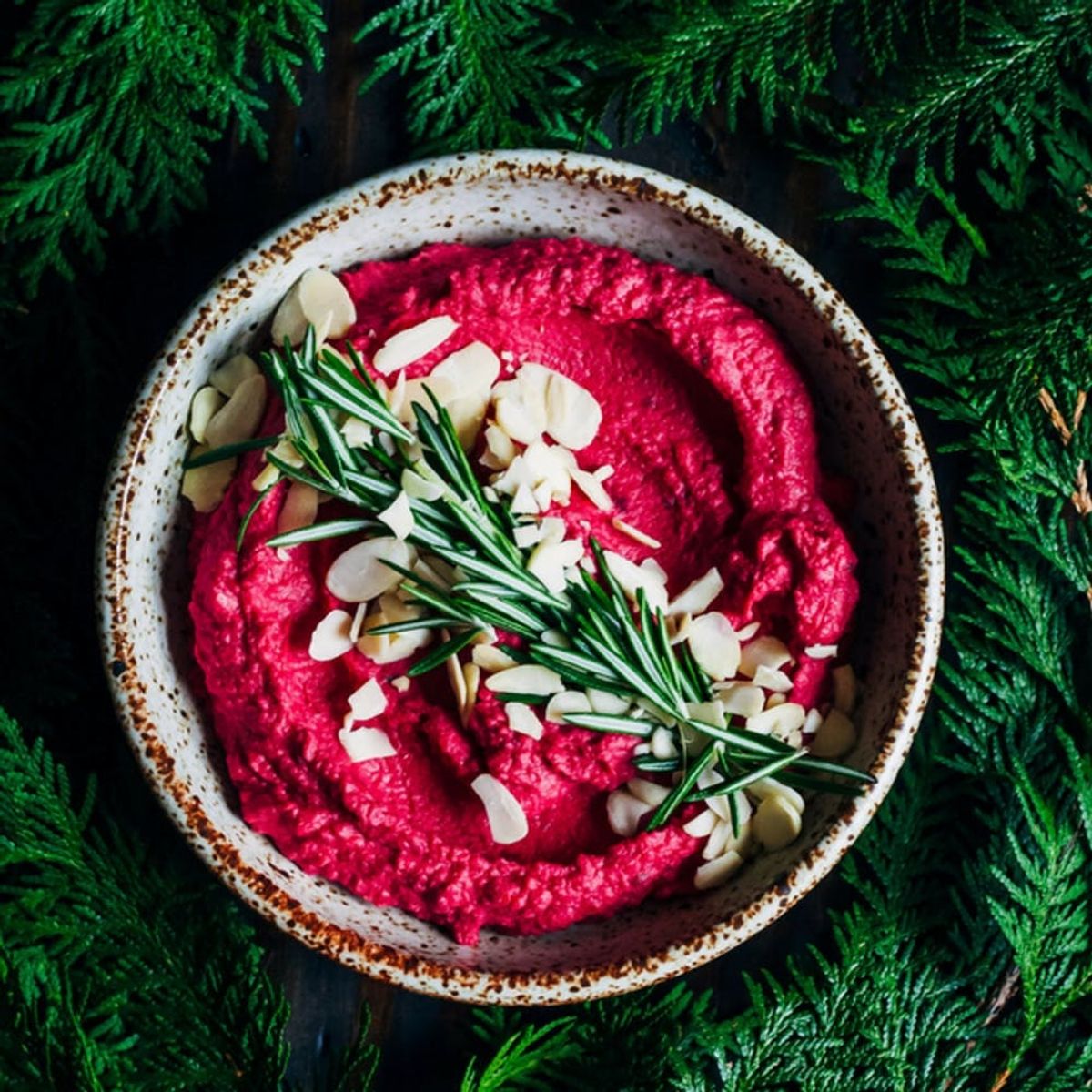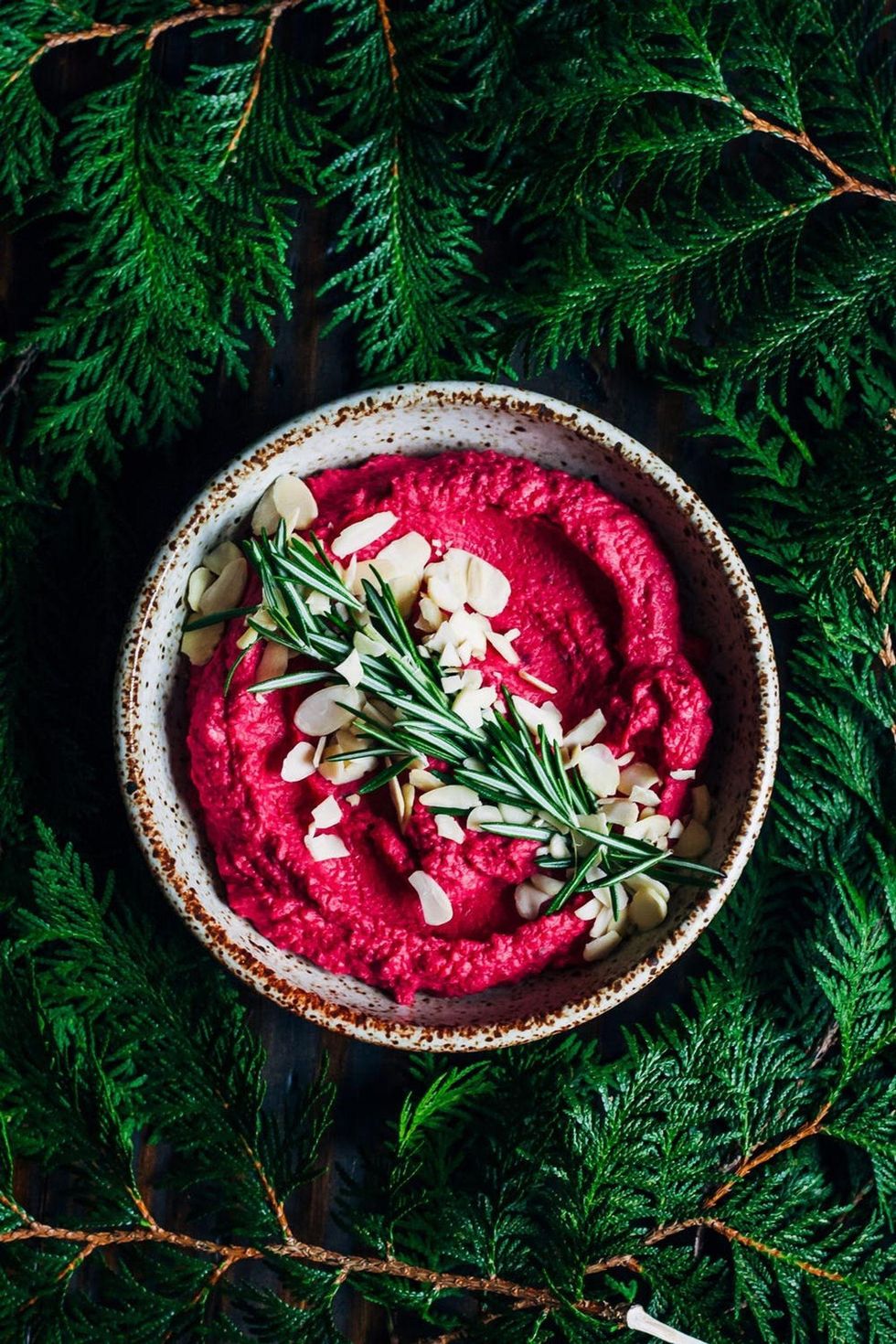How to Use All Those Winter Vegetables You Never Know What to Do With

For many of us, 2021 was a doozy, but we here at Brit + Co are ready to feel refreshed for the new year! Check out our other Hit Refreshstories for new ideas, hacks, and skills that will help you achieve (and maintain!) those New Year’s resolutions.
You know what to do with leftover warm-weather produce, but surplus winter vegetables are good for more than just table decorations at your holiday meal or a winter wedding. Once you learn how to best use a few staple winter veggies, you’ll have a lot more options for your meals this season.
Cabbage
This is a filling (and inexpensive!) option to introduce into your weeknight meals if you’re looking to save money or add some additional vitamin C to your diet. Try shredding it and sautéing it with chicken for starters.
Broccoli
While many of us use broccoli year-round, during the winter, its florets are perfectly tender, the stalks aren’t woody, and the flavor is light. Focus on accentuating its flavors by highlighting it in a dish that’s all about the broccoli. For instance, try whipping up a homemade version of your favorite takeout beef and broccoli.

Beets
They may have a nasty habit of staining everything they touch, but they’re naturally sweet, which will make them a welcome addition to your meals after you’ve given up sugar in the New Year. Surprise yourself with this root vegetable’s versatility and try some winter beet hummus.
Carrots
Carrots turn crunchy and sweet once they’ve been hit from winter’s frost, so buy some at the farmers’ market rather than the supermarket. Try the rainbow kind for extra fun. Roast them up, steam them, or blend them with ginger and sweet potato in a soup.
Parsnips
The mild taste of parsnips makes them excellent for pairing with other ingredients. For example, the earthy taste goes exceptionally well with creamy white beans and roasted garlic.
Artichokes
These are a natural partner for beans, leafy greens, and rich sauces. Take a twist on a classic and try blending your artichokes with spinach and garbanzo beans to make a silky hummus that you won’t be able to resist devouring with feta and pita chips.
Radicchio
This is that bitter, bright purple lettuce that you usually pick out of your mixed salad. Balance out its sharp flavor with sweet fruits and creamy cheeses. If you like, you can even cook it down to add another unexpected layer of flavor to your stir fry. An easy way to temper its bitterness is by combining it with sweet pomegranates and rich cheese in a quesadilla.
Brussels Sprouts
When properly marinated and roasted, Brussels sprouts can make the ultimate side dish to just about any meal. Furthermore, because they’re already bite-sized, they take no preparation other than placing them on a baking sheet. Experience the scrumptious simplicity of these mini cabbages by tossing them together with some bacon and bourbon.
Cauliflower
Cauliflower may be one of the most versatile vegetables out there. Put it in soups, make it into a pizza crust, or sub it in for potatoes when you want something lighter. Seriously, it can fit into almost any dish because its flavor profile is so light that you can mold it into anything you’d like with just a few spices. If you learn to use no other vegetable this winter, just make sure you’ve mastered cauliflower. Start by learning how to fry up a few florets with panko flakes and a honey garlic glaze.

Rutabagas
A mild vegetable that’s high in moisture and can stand up to a lot of spice, rutabagas are great to add to soup, bread, potato dishes, or gratins. It’s especially pleasing in creamy dishes. Oddly enough, they make a wonderful addition to spice cakes.
Leeks
Leeks are essentially mild onions. Be sure to soak the sliced rings in water to let the dirt fall to the bottom of the bowl. Sub them in any recipe calling for onions, or start with a simple potato au gratin recipe as a springboard.
Winter Squash
To master this vegetable, the first step is to get a good knife. Once you have one, pre-roast the squash before peeling, cutting, and cooking it to your liking. Start simply by trying a butternut squash pasta sauce.
Follow us on Pinterest and subscribe to our email newsletter for more winter vegetable recipe ideas!
(Photos via Well and Full / Veggie Desserts)
- Your Seasonal Guide to Fall Produce - Brit + Co ›
- 22 Creative Root Veggie Recipes You Haven't Cooked Up Yet - Brit ... ›
- How to Shop the Farmers' Market… in the Winter - Brit + Co ›
- How to Shop the Farmers' Market… in the Winter - Brit + Co ›
- 11 Vegetarian Risottos to Relish Any Night of the Week - Brit + Co ›



















